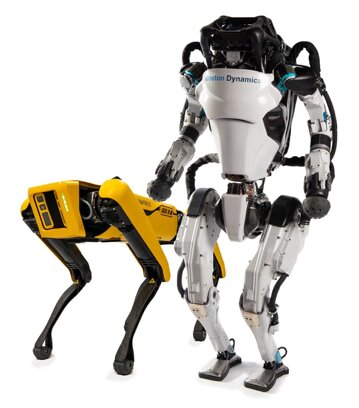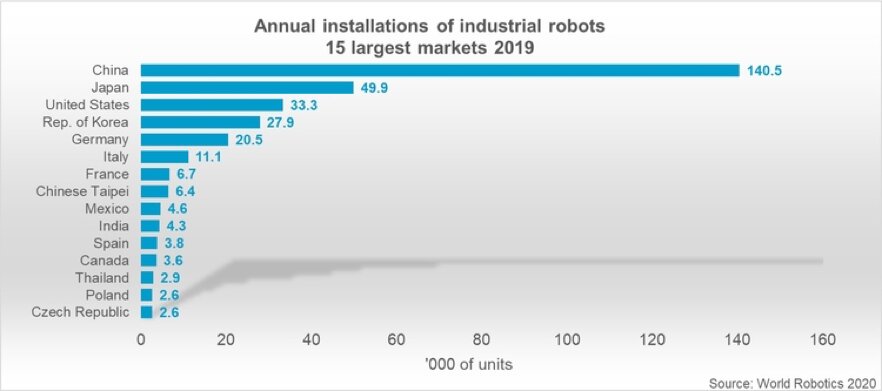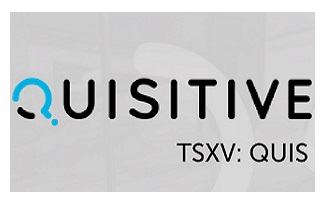The deal valued Boston Dynamics at almost $1.1 billion, in which Hyundai will acquire an 80% stake while SoftBank retains the remaining 20%.
SoftBank acquired Boston Dynamics in 2017 from Alphabet (NASDAQ:GOOGL) who first acquired Boston Dynamics in 2013.
The acquisition of Boston Dynamics supports Hyundai’s vision of becoming a Smart Mobility Solution Provider.
The press release stated, “Hyundai Motor Group, together with Boston Dynamics, will create a robotics value chain ranging from robot component manufacturing to smart logistics solutions. The deal came as Hyundai Motor Group envisions the transformation of human life by combining world-leading robotics technologies with its mobility expertise.”
Hyundai’s expertise in artificial intelligence (“AI”) and human-robot interaction (“HRI”) will be synergistic with Boston Dynamics’ 3D vision, manipulation, and bipedal/quadruped technologies.
Boston Dynamics will be able to leverage Hyundai’s manufacturing capabilities to reduce costs and enhance scaling capabilities while also benefiting from Hyundai’s reach in global markets.
The acquisition is expected to close by June 2021, subject to regulatory approvals and other customary closing conditions.
Boston Dynamics
Boston Dynamics is an engineering and robotics design company founded in 1922 at the Massachusetts Institute of Technology (“MIT) by Marc Raibert, an MIT professor.
According to Allied Market Research, the Global Robotics Technology market was $63 billion in 2019 and is forecasted to reach $189 billion by 2027, growing at a CAGR of 14%.
In June 2020, Boston Dynamics launched its first commercial robot called “Spot”, a quadruped service robot. Spot can be used for various repetitive tasks in difficult, dangerous, and unstructured environments where automation is hard to implement.
Examples of Spot’s versatile applications include:
- Site documentation
- Digital twin creation
- Gauge reading
- Leak, gas, and radiation detection
- Noise anomaly detection
- Thermal inspection
FIGURE 1: Boston Dynamics’ Spot (left) and Atlas (right) robots

To date, over 100 Spot robots have been brought to market by Boston Dynamics for multiple industries, including power utilities, construction, manufacturing, oil and gas, and mining.
Customers that use the Spot robot include AkerBP (OTC:DETNF), Brasfield & Gorrie, NASA Jet Propulsion Laboratory, National Grid (LON:NG), POMERLEAU, STRABAG, and Woodside Energy.
This year, Boston Dynamics plans to expand the Spot product line with an enterprise version of the robot that has greater levels of autonomy and remote inspection capabilities.
VIDEO: See the Robots Dance – Truly Amazing
Boston Dynamics’ other robots include:
- Atlas – a dynamic humanoid robot with power and balance that demonstrate human-level agility.
- Pick – a robotic arm that uses high-resolution sensor technologies to accurately locate a wide variety of boxes while depalletizing mixed-SKU pallets.
- Handle – a mobile robot with a small footprint that works in warehouses to unload trucks, build pallets, and move boxes.
Hyundai Motor Group
Hyundai is the second-largest conglomerate in South Korea, mainly focused on the automotive industry through its affiliate, Hyundai Motor Company (KRX:005380).
Although the majority of Hyundai’s sales come from the automotive industry, it is currently focusing on investing in technologies such as:
- AI
- Autonomous Driving
- Advanced Materials
- Connectivity
- Energy
- Mobility
- Robotics
- Smart Cities and Factories
- Vehicle Electrification
Hyundai’s current vision and strategy is to reinvent itself as not just an automobile brand but a global smart mobility brand.
Robotics Industry
As robotics technology advances, it has expanded its capabilities from just performing dirty, dull, and dangerous tasks to more complicated operations that require precision and accuracy.
According to the International Federation of Robotics’ World Robotics Report 2020, a record 2.7 million industrial robots currently operate in factories around the world. Asia owns the largest share in the industrial robot market, with China leading the number of installations in 2019.
FIGURE 2: Annual Installations of Industrial Robots – 15 Largest Markets 2019

The majority of industrial robot installations currently come from the automotive industry, followed by electronics, metal and machinery, plastics and chemical products, and food and beverage.
Robotics technologies are expected to continue growing in demand as more industries turn to automation to increase efficiency and improve bottom lines.




